
Key Insights
- Area rugs elevate comfort and design, aligning with growing trends in personalization and contemporary interiors. They’re more than decoration; they’re essential for defining space.
- The market is on an upward trajectory, expanding by significant margins thanks to increasing disposable incomes and surges within real estate and hospitality sectors.
- While online shopping provides convenience, over half of shoppers—58%—still prefer visiting stores to feel textures and match colors directly. This highlights how a tactile purchasing experience continues to hold value.
- Material choices abound. Wool brings durability and luxury, while synthetic options like polyester or nylon deliver affordability without sacrificing quality. Buyers can easily match rug options to personal tastes or budget constraints.
- Proper placement transforms rooms. Center it beneath furniture in living areas or allow extra coverage around beds. This not only ties spaces together but enhances usability and flow.
Whether you’re refreshing a home or outfitting a business, paying attention to these details ensures your rug is more than just an accessory—it becomes an integral part of the space.
The Rising Popularity of Area Rugs: A Growing Market
Area rugs have become a centerpiece in interior design and a significant player in global markets. Between 2023 and 2028, projections show the area rug market expanding by USD 3.79 billion, driven by a compound annual growth rate (CAGR) of 3.68%. Some analysts even predicted a higher CAGR of 5.00% for the 2021–2028 window, signaling steady momentum.
This market boom isn’t just coincidental—it ties closely to shifting consumer preferences. More people are prioritizing both comfort and style in their homes. Area rugs, with their variety of textures, patterns, and colors, effortlessly enhance a space’s aesthetic while offering practicality like insulation or sound absorption. Rising disposable incomes mean that homeowners and renters alike have more flexibility to invest in decor items that complement modern living.
Sectors like real estate and hospitality also play a pivotal role:
- Real Estate: Property developers often include stylish rugs in home staging as a visual cue for cozy, upscale living.
- Hospitality: Hotels and other venues use rugs as key design elements to craft inviting, picture-perfect spaces.
These industries amplify demand on a global level, further pushing the market upward.
Trends suggest this trajectory won’t slow down anytime soon. As more homes, offices, and leisure spaces emphasize personalized design, the appetite for high-quality area rugs will keep growing. For anyone considering a purchase, now’s a great time to explore the expanding range of options.
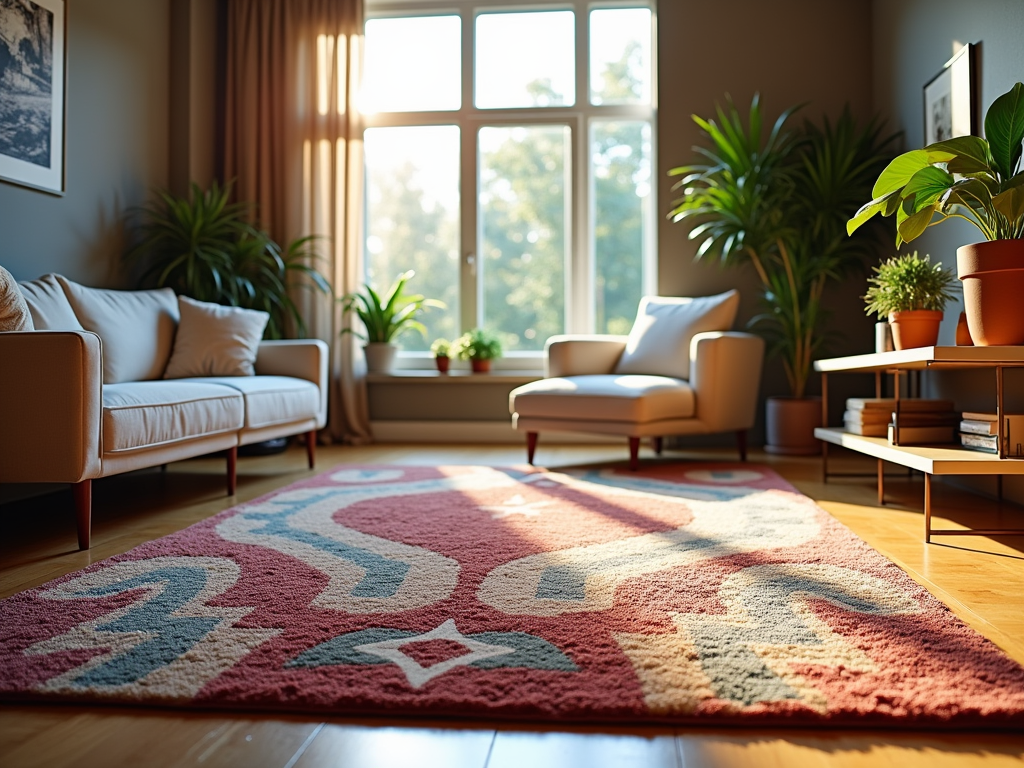
What Influences Buyers When Choosing an Area Rug
Interest in area rugs is high, with 29% of households planning a purchase in just six months. Gen Z stands out, making up 34% of these buyers. They’re drawn to the design impact area rugs offer and the growing trend of personalizing spaces.
Most buyers stick to budgets between $100 and $299, covering 40% of purchases. A smaller number, about 30%, aim for options under $100, while 17% are willing to invest $300 to $499 for premium options.
Interestingly, 58% of shoppers prefer buying rugs in-store. Textures, colors, and the feel of the material are easier to judge firsthand. This tactile shopping experience often makes the difference in selecting the perfect rug. If you’re looking, knowing what suits your style and budget can help narrow the options. Whether you’re after affordability or craftsmanship, knowing the trends will make smarter choices simpler.
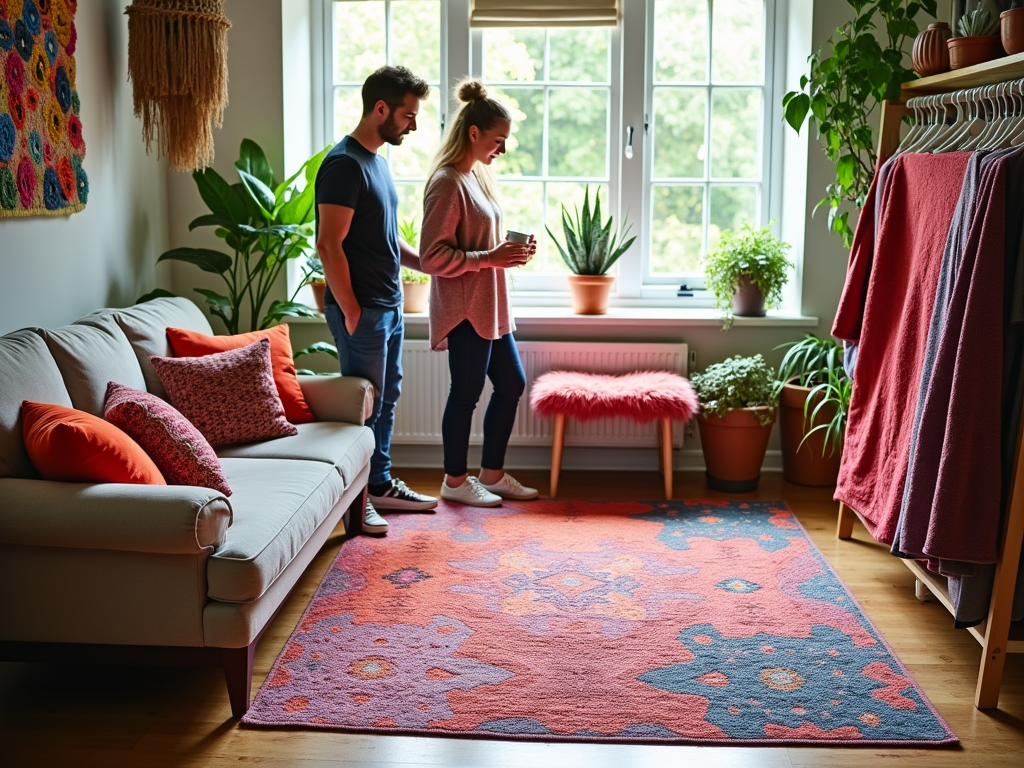
Exploring Options: Types and Materials of Area Rugs
Area rugs come in a variety of materials, each with its own feel, durability, and level of upkeep. Natural fibers like wool, cotton, silk, jute, sisal, and seagrass provide an organic touch that’s durable yet often pricier. Wool is a top choice for its softness and resilience, while silk adds a luxurious sheen, perfect for formal spaces. On the other hand, jute and sisal bring a rustic vibe and work well in casual settings, though they’re less suited to high-traffic areas due to wear and moisture sensitivity.
Synthetic options like nylon, polypropylene, and polyester are favorites in many households. These rugs tend to resist stains well, are easy to clean, and come at a more affordable price point. Nylon, for instance, balances durability and style, while polyester and polypropylene are kings of stain resistance, making them ideal for families with kids or pets.
Machine-made rugs dominate today’s market—affordable, widely available, and packed with variety. Handmade rugs, however, remain the gold standard for those who value craftsmanship and uniqueness. They may cost more, but their detail and longevity often justify the splurge.
Texture matters too. Choices range from flatwoven styles for a neat, understated look, to plush rugs that feel as cozy underfoot as they look. Machine-washable rugs have also surged in popularity, especially among younger buyers who want low-maintenance options without skimping on style. It’s safe to say there’s an area rug for every taste and budget.
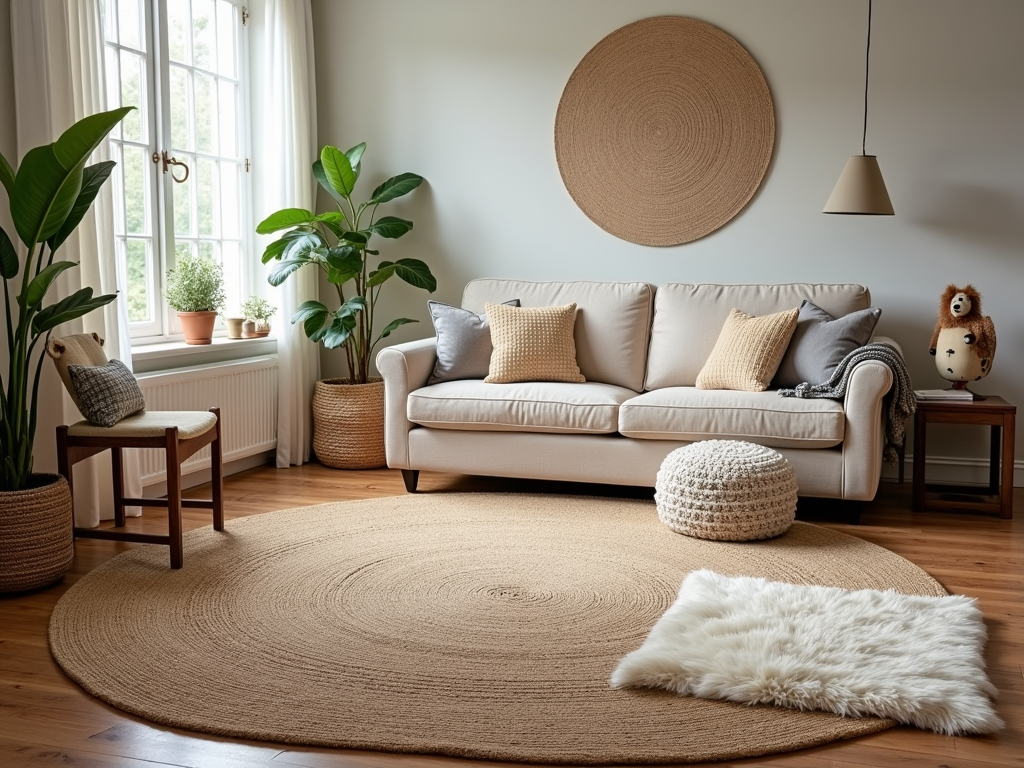
The placement of area rugs matters as much as their design. Homeowners often opt for rugs in living spaces where they anchor furniture and frame the room’s style. Living rooms are the top choice, claiming two out of three area rugs. High-traffic spaces like family rooms or dens follow at 17%, where durability blends with visual appeal. Primary bedrooms account for 14% of rug purchases, bringing warmth and comfort to private spaces. Dining rooms, with 10%, come next, offering a touch of sophistication.
High-traffic areas dominate the list of popular placements for both practicality and aesthetics, accounting for 73%. These spaces demand rugs that can handle wear and still look good. Rectangular rugs lead in popularity due to their versatility. Standard sizes like 8′ x 10′ and 10′ x 14′ consistently work well in many setups.
Guidelines for Picking and Placing Rugs
Here are a few guidelines for picking and placing rugs in key rooms:
- Living Room: Anchor the rug under the front legs of the sofa and chairs. Keep at least 18 inches of bare floor around the edges.
- Bedroom: Let the rug extend 2-3 feet beyond the sides of the bed for that cozy first step in the morning.
- Dining Room: Choose a size where all chairs stay on the rug, even when pulled out.
Getting the right size and placing it strategically creates harmony and functional beauty in any space.
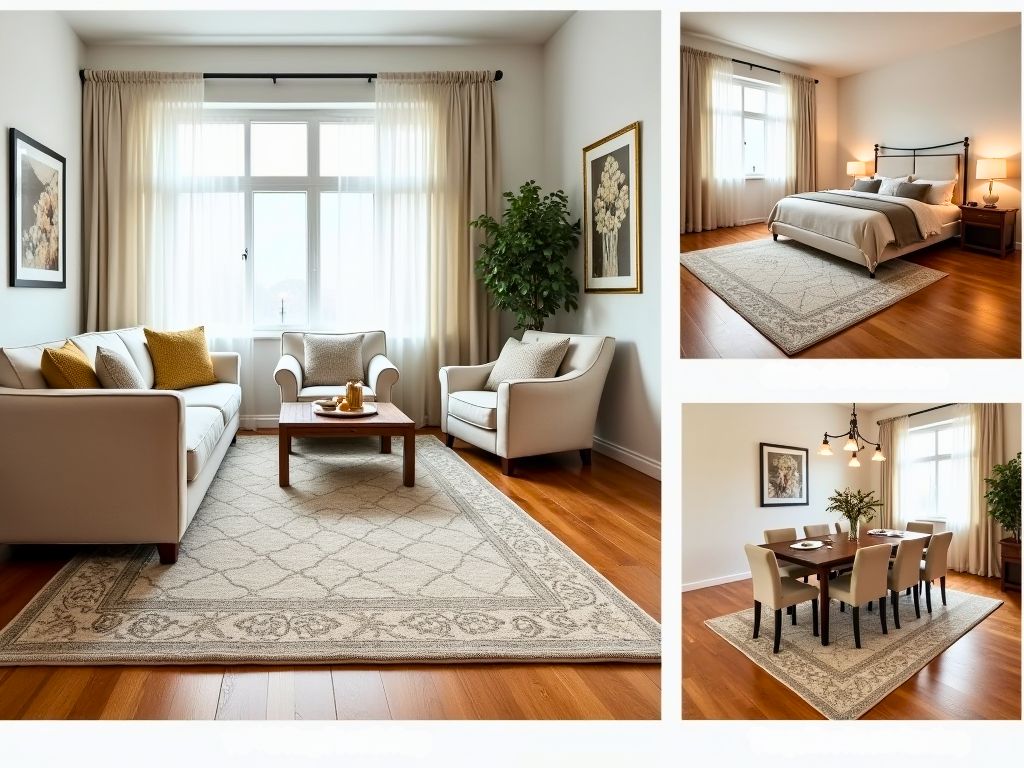
Shopping Channels: Where Consumers Go for Area Rugs
Many people prefer buying area rugs from physical stores like Walmart, Lowe’s, and Costco. These stores allow you to see and feel the rugs in person, making it easier to match colors, textures, and sizes. For those who shop online, Amazon and Wayfair stand out as popular choices, offering extensive selections and convenient delivery options.
Other options worth checking out include:
- Nationwide furniture retailers – These stores often carry specialty or designer rugs.
- Local furniture stores – These can provide unique rugs that bring amazing character to your space.
- Local designers – If you’re after something distinctive, they may offer customized choices and expert guidance.

The Road Ahead: Challenges and Opportunities for the Area Rugs Market
Competition from alternatives like luxury vinyl tiles (LVTs) has certainly pushed the area rug market to innovate. But there’s plenty of opportunity waiting for brands willing to adapt. The growing interest in carpet tiles adds a creative twist to floor coverings, offering flexibility for both residential and commercial spaces. Eco-conscious buyers are also driving demand for sustainable materials and stylish, contemporary designs.
Economic factors play a big role too. Higher disposable incomes in many regions mean people are willing to invest in premium, luxury rugs that add character to their homes. This trend is magnified by growth in real estate and hospitality, where rugs often anchor interior aesthetics. If brands focus on these areas—design innovation, sustainability, and premium offerings—they’re likely to thrive despite the pressure from competing flooring options like LVTs.
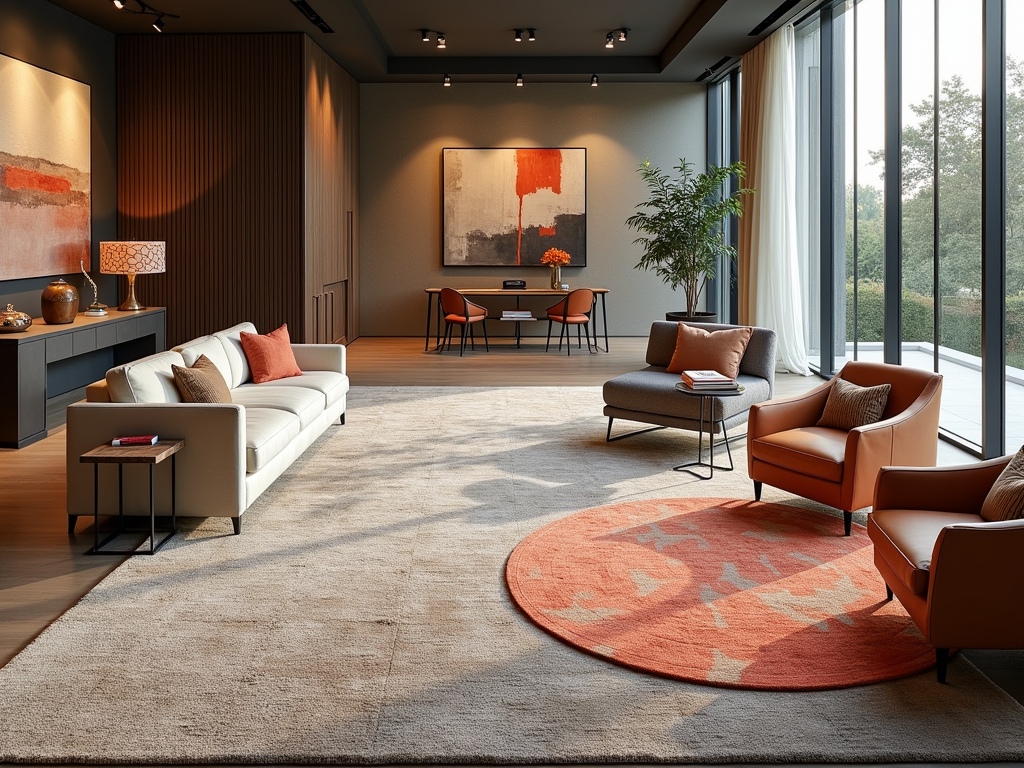
Sources:
Technavio: Area Rugs Market Analysis – Size and Forecast 2024-2028
Home News Now: A closer look at what’s driving interest in area rugs
Data Bridge Market Research: Global Area Rugs Market – Industry Trends and Forecast to 2028
Market Research Future: Area Rugs Market Size, Demand, Industry, Trends, Growth 2032
